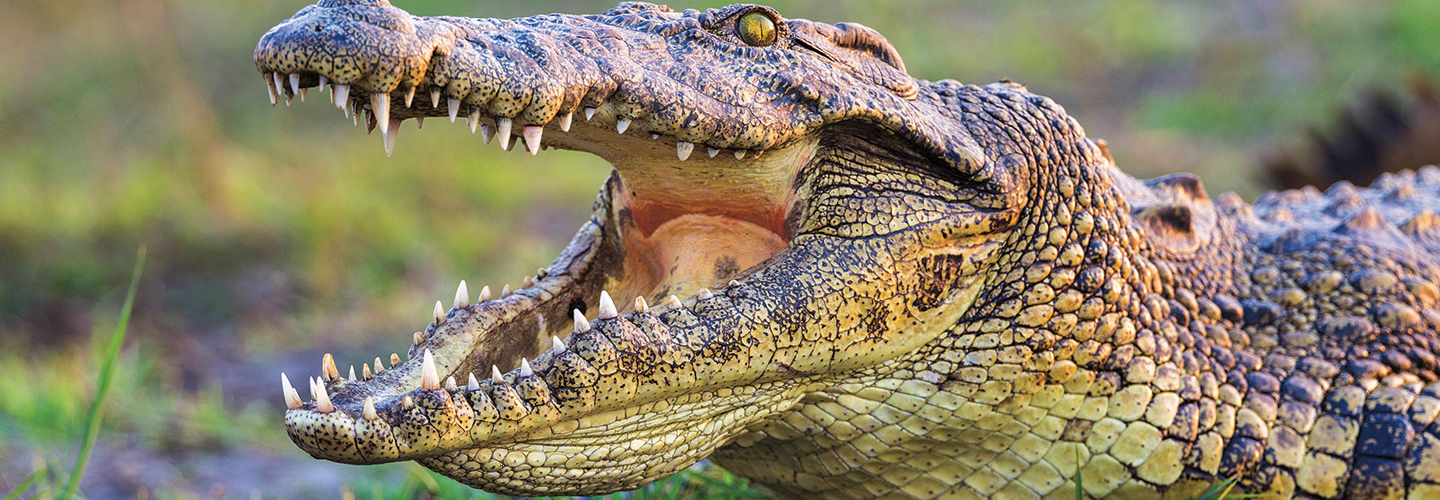More than 100 million tourists flock to Florida every year. But in recent years the state has had some unwelcome visitors as well—dangerous Nile crocodiles, normally found in Africa. Three of the animals have been found since 2009. But only now have scientists confirmed that the reptiles were indeed Nile crocs.
Nile crocodiles are larger and more aggressive than Florida’s native crocodiles and alligators. The crocs are just one of many invasive species in the U.S. (see America’s Least Wanted). These plants and animals have been introduced to areas where they don’t normally live. If they can thrive in their new homes, they can become serious threats to local ecosystems.
More than 100 million tourists flock to Florida every year. But lately the state has also had some unwelcome visitors. Dangerous Nile crocodiles normally live in eastern Africa. But three have turned up in Florida since 2009. Scientists have now confirmed that they’re Nile crocs.
Florida has its own alligators and crocodiles. But Nile crocodiles are larger and more aggressive. The crocs are one of many invasive species in the U.S. (see America’s Least Wanted). These plants and animals have turned up in places where they don’t normally live. Some of them do well in their new homes. If that happens, they can cause serious problems for local plants and animals.

